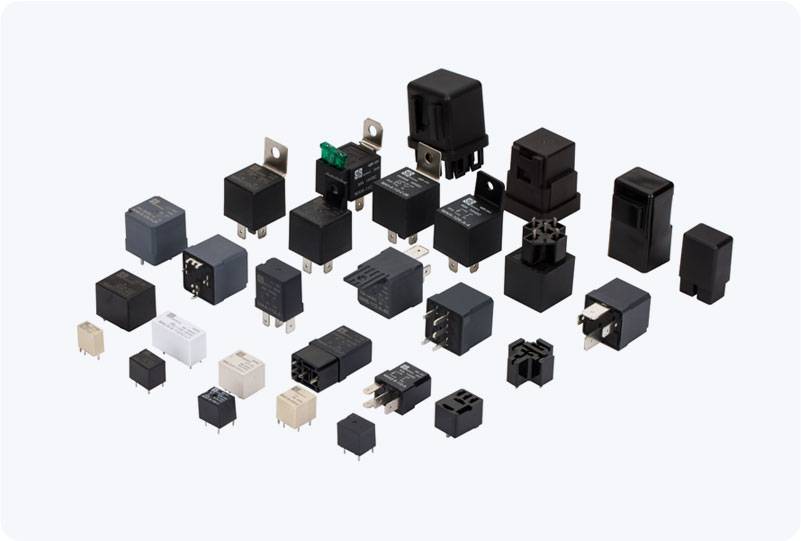thermal management relay: key to efficient heat control in modern electronics
Release time:2025-05-06 16:52:58
Thermal management is an essential aspect of modern electronic systems, particularly in the context of high-performance devices and components. As electronics continue to evolve, the demand for efficient cooling solutions grows. A Thermal Management Relay (TMR) plays a critical role in addressing this need by helping manage and regulate temperature in various applications. This article explores the significance of Thermal Management Relays, their working principles, and their importance in the field of electronics.

What is a Thermal Management Relay?
A Thermal Management Relay is a specialized relay designed to manage the heat dissipation process in electronic devices. It acts as a switch that regulates the flow of power or adjusts the cooling mechanism when the temperature exceeds a set threshold. The primary function of a TMR is to protect sensitive components from overheating by either triggering a cooling system or disconnecting power to prevent further heat buildup.
The concept behind thermal management in electronics is simple: if a component, such as a processor, power supply, or battery, gets too hot, it risks damage or failure. The relay helps mitigate this risk by monitoring the temperature and activating or deactivating specific parts of the system to maintain optimal operating conditions.


